Were they looking to draw out the real fighters? Or to avoid the gunfights?
Who knows, it could have worked both ways.
It is a fact that many of them took advantage of the "press" of those days and gave freely of their "experiences" (colorful, and colored, undoubtedly) to journalists (really novelists) that wrote about the "life on the frontier" for newspapers, whether East or West Coast; the newly created class of "urbanites" had little excitement in their lives and, specially the ladies, simply devoured those accounts of shooting, rampaging and pillaging.
If you think across time to the "Real Housewives of . . . " you see that humanity has not changed much in 200 years.
Sad, or funny; it all depends how you look at it.
Bottom line here is "Caveat Emptor" (Buyer Beware), the words that were chiselled into every Roman market's entrance lintel for all to see, if only they kept their gaze above the ground.
For our purposes it means that EVERYONE should understand that airguns are fickle beasts and that no two barrels are the same.
Therefore, even the "best of pellets", may not shoot from a specific barrel and some barrels may shoot VERY well really cheap pellets.
I have come across people that vastly prefer the second case. They argue they can buy a bunch of pellets for the same outlay and shoot a lot, thereby "practicing" and becoming better shooters. The problem comes when that brand disappears, or changes "maker" for the sake of economy and/or improved margins, those shooters end up down river without a paddle.
Personally, I prefer to pay more for pellets as long as the quality and consistency is there. Sometimes, even the best pellets differ from batch to batch and that creates the peculiar problem of having to buy the whole batch, or at least a case (50 tins of 500), just to get through a season or two of shooting. My only advantage is that 99% of the time, when I shoot for myself, it is the same gun.
Remember the "Beware the man with one gun . . . ."?
Anyway, what this entry is about is consistency, and quality. And it will be a surprise for some of you because it comes from a completely unexpected corner of the world.
Part I.- the "Streamlined"
I was commissioned by a friend, and customer, to look into an old Match Pistol. Good brand, no longer made, in need of resealing.
With no spare parts available, you know how hard that can be.
This particular gun, which will remain unnamed, because the brand is irrelevant, got specially turned/"cast" in place (plastic) bronze seals which worked like a charm because the compression chamber was an absolute jewel. Consistent and homogeneous to the 0.0005" so we thought the gun was worth recovering from the dead and the customer was willing to pay the intricate job.
However, after getting the power plant up to snuff, it was discovered that the gun would not shoot as accurately as a Match gun should.
In the end, we narrowed the problem down to the barrel.
So, a new barrel was made but then the new barrel was "Inefficient". The gun would not yield the necessary MV for proper Match shooting (a problem encountered by most entry level pistols of current manufacture). The holes were hard to score and sometimes it would be more a tear than a hole.
After gauging the slug from the original barrel, it was discovered to be oversize. That is how it originally developed enough power to punch neat holes, and the accuracy came from the absolute consistency of the powerplant.
Interesting as a concept but not really what we were looking for.
Testing some different barrels I found that a L-W polygonal barrel of our own design was providing improved efficiency, so I decided to test one of those barrel sections (without the choke to retain as much energy as possible) in this pistol. And then the pistol shone as it should. BUT, the pistol needed pellets of ABSOLUTE consistency.
R-10's didn't cut it, H&N FM's didn't cut, finally, a friend of mine that is a good pistol shot (he shoots FT "hands only" and he scores well with iron sights, he is that good), told me about some "Chinese Olympic pellets" that had proven VERY good from his pistol (a Project Alfa).
I really didn't know where to start, and I had to go IWA (remember this is 2018).
So, I put the project on hold and off I went.
IWA 2018 was very good to me, I enjoyed it immensely and we started our formal collaboration with DIANA.
As I was walking down the aisles, I saw a stand of a Chinese company that was almost empty of "giveaways", except for the flyers and documents, they did have a super-sized domed pellet "sculpture" (imagine a 6.00" cal pellet) that looked extremely interesting. I approached the stand and found out that the domed pellets had been held at Customs and they didn't have any to give for testing.
But the persons at the stand were knowledgeable, spoke reasonably good English, took notes, and overall were very professional. Upon departure they gave me a flyer about their "Olympic Grade" Match pellets.
Ah! That rung a bell in the back of my overcrowded brain.
When I got home, I looked for the Qiang-Yuan (QYS for short) pellets, found them at Pyramyd Air in boxes of 200, balked a little at the price but bought them and tested them in the "Paleo-Pistol"; lo and behold! They WORKED!.
Now, those of you that know me, know that I deeply dislike weighing and sorting pellets. Back in the day I used to sort the Crosman Premier 0.20"s using a BIC pen's barrel. That helped me measure not only the head diameter (MOST important in a Crosman Premier, if you need to understand why read this), but the overall fit of the pellet to the chamber and therefore it was a good predictor of the proper seating of the pellet in the barrel just before it got launched. In a 20 ft-lbs PCP it was very effective.
But in spring-piston airguns that is not as important as other aspects, mainly the harmonics developed in the barrel by the violent piston movements (read more about it here and here). So I no longer test/measure/weigh pellets. Too much work for relatively little gain.
BUT when it is time to get a handle on the capabilities of a manufacturer, then that MERITS a special effort and so, when the QYS Olympic Grade pellets did provide the wanted results, I got out my gauging tools and started gauging and weighing.
After running the 90 pellets I had remaining from the Paleo-pistol shooting tests through the scale and the head measuring template, I was astonished. They were the most consistent pellets I had ever found, bar none.
As far as dimensions are concerned it is, within industrial manufacturing tolerances, ABSOLUTE consistency.
My good friends at Pyramyd told me that the Importers of Record for these pellets were the good folks at Predator International, so I "bit the pellet" and got 20 boxes.
When the boxes arrived, of course, they were different batches, so I proceeded to test the second batch.
Same results.
And when comparing pellets of DIFFERENT batches?
You guessed it, same results.
Obviously, at this year's IWA I made it a purposeful visit to QYS's stand because last year we had talked about some "long range" pellets and that, obviously, piqued this FT shooter's interest.
I found that this year, not only did they have one version, but TWO, one they called "Streamlined" and another called "Domed".
Well, the domed is the time-honored shape of most domed pellets, a little bit more pronounced than the "English Bulldog" but less than the Crosman Copperhead Pointed's or the H&N Baracuda's, that do exhibit a slight apex.
And, now, before my very eyes, I had it!
But, let's come back to the present and see what the fuzz is all about.
I wrote above how much I dislike weighing and sorting pellets, but that does not mean that I don't do it when the situation arises and testing a manufacturer's capabilities is one of those situations.
So, here is my setup:
Why is that? because then the pellet tries to enter the gauge plate in a perpendicular manner. I avoid the measuring error of gauging an out-of-round pellet as a certain size because it managed to "wiggle" its way in.
And, to be honest, that is something each shooter should do for himself.
With the enormous variety of pellets in the market, Mr. Cupples would be hard tasked indeed to provide for all the possibilities.
The tool is excellent, it just takes some patience and a little knowledge to wring the best out of it.
The picture above was taken about halfway through the process, after measuring 50 pellets and finding ONE that was 4.49 while all the others were 4.50, I decided to quit. And even the 4.49 one, I would label as a "big 4.49" because it did not drop completely on its own, just a touch and it dropped, but not on its own.
Surely some BR'ers will air gauge these pellets in the future, I just hope the manufacturer keeps the dimensions control he has so far.
Now, what about the weight?
Well, the weight is not THAT important as long as it is kept within reasonable limits.
Some shooters weigh their pellets to the hundredth of a grain and set classes within every two or three hundredth, some don't care too much for such differentiation and set classes of 5 hundredths (Half a tenth).
IMHO, the trajectory will not change much due to the weight variation, rather, large weight variations tell us that there is a SHAPE variation, and that is more important than the weight variation itself.
So, when I weighed pellets (again the Crosman Premiers in 0.20" cal), I was contented with establishing classes by tenths of a grain, which was what my old Bonanza scale was able to differentiate, anyway.
Now I use a carat-capable electronic balance and have found that the reliability is within 2 hundredths. Meaning that the same pellet will weigh either x.x2, or x.x4 in several consecutive measurements. And that if I blow gently on the scale, the number will increase and then come back within 0.02 of what the scale measured before.
Previous runs of "Premium" pellets had yielded consistencies of all pellets within a tenth of a grain, and that was considered VERY good.
I am happy to report that these Streamlined pellets comply with that criterion
There were :
2 pellets at 8.54
6 pellets at 8.56
8 pellets at 8.58
6 pellets at 8.60
4 pellets at 8.62
4 pellets at 8.64
Total of 30 pellets.
Please consider that 0.1 grs is a tad more than 1% of the "base" weight.
I will definitely not loose sleep over this.
;-)
For that, I have found that the best test is to put a pellet into the barrel and drive it with a plastic shaft to just before the choke.
This will tell us how closely the pellet matches the barrel and will allow us to weed those barrels out that have very little probability of shooting well.
Some may think that the test should include the choke, but my experience has been that if the pellet is allowed by the bore to enter/travel crooked, or to not engrave equally all around, the choke will not improve dramatically the results at the target beyond the 30 yards line.
This simple test saves a lot of time.
Knowing that QYS's background is Match pellets, it came almost as a confirmation of expectations that the most appropriate barrels would be those on the "tight" side, in other words, barrels that come from the precision/match world.
This is a parade of 5 pellets that were driven through barrels of recognized quality.
The Steyr L-W means a button rifled barrel under Steyr specs from an LG-110
The DIANA T-06 is a button rifled barrel from a current production DIANA (Post Ense Move)
The L-W Conv. means a L-W (L-W specs) with conventional rifling
The L-W Poly label means a L-W (CCA Specs) with polygonal rifling.
But we cannot see too much from this angle and distance, so let's take a closer look at each pellet:
This is something that definitely merits some future in depth testing.
While this is still a project in testing phase, the engraving of the pellet tells us that a LITTLE more tightness of the flats of the polygon would be beneficial (probably just 0.02 mm's), and some fired pellet capturing should be in order because the pellet's skirt does not really fill the "corners" (in reality very small radii) of the polygon.
On the other hand, I don't really complain about the gun or the barrel because it shoots real well the 4.53 head diameter Exacts.
After that test I didn't have great expectations from these pellets out of spring-piston airguns, and installing one of the barrels where it would perform, for sure, is not a question of a few hours of work.
Very few spring gun shooters would take the trouble of re-barreling their rifles.
While theoretically possible in some guns, like the Walther LG and the AA TX family, it is very difficult in other guns. Hopefully that will change in the near future, but until there is a large number of easily re-barrellable rifles, these great pellets would appeal only to those shooters that already enjoy great accuracy from other pellet makers' products.
Suddenly, I remembered that one my guns seemed to like slender pellets, and so, I brought it out, scoped it, and shot two targets, one to sight in and then another for grouping.
It is always encouraging when the sighting in goes well and you can get it done in a few shots:
NOT shabby at all.
Looking at the group in more detail, it is clear that the gun is still settling in, as there are two distinct "sub-groups". We will look into that at some other time.
Contrary to the situation at the beginning of our article, the "Durango Kid" that is coming to town is for real, and so are his capabilities.
The rest of the "hombres" around should start honing their skills, or risk a defeat.
There is still work to do and I will try to tackle the "Domed" version in another entry that will be Part 2
Till, then, and till these pellets are more widely available in the US, keep well and shoot straight!
HM
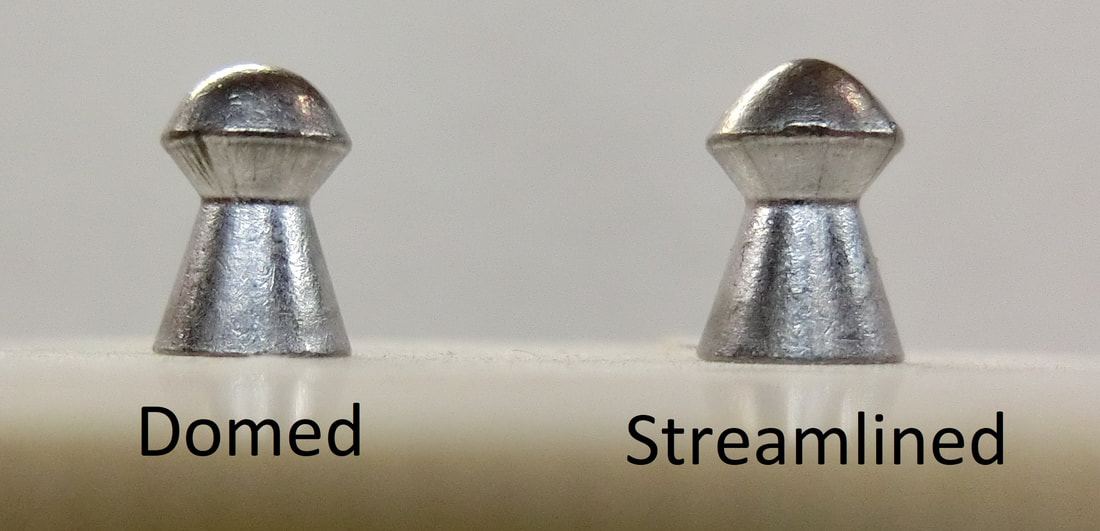
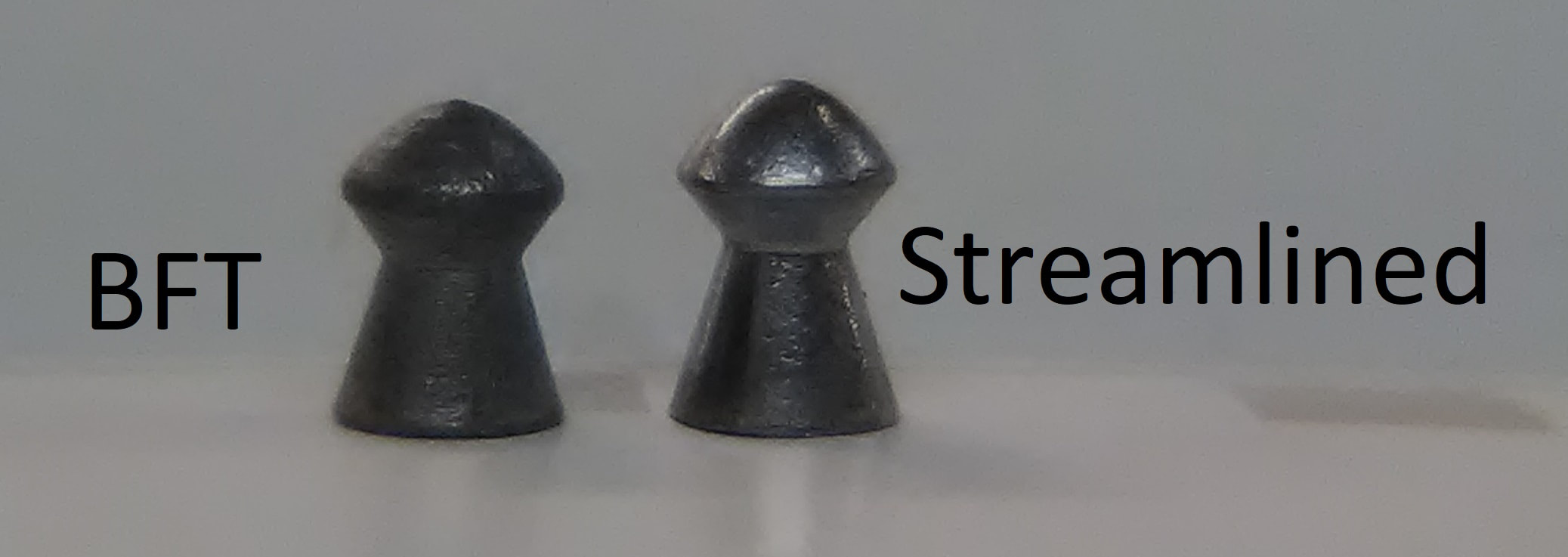
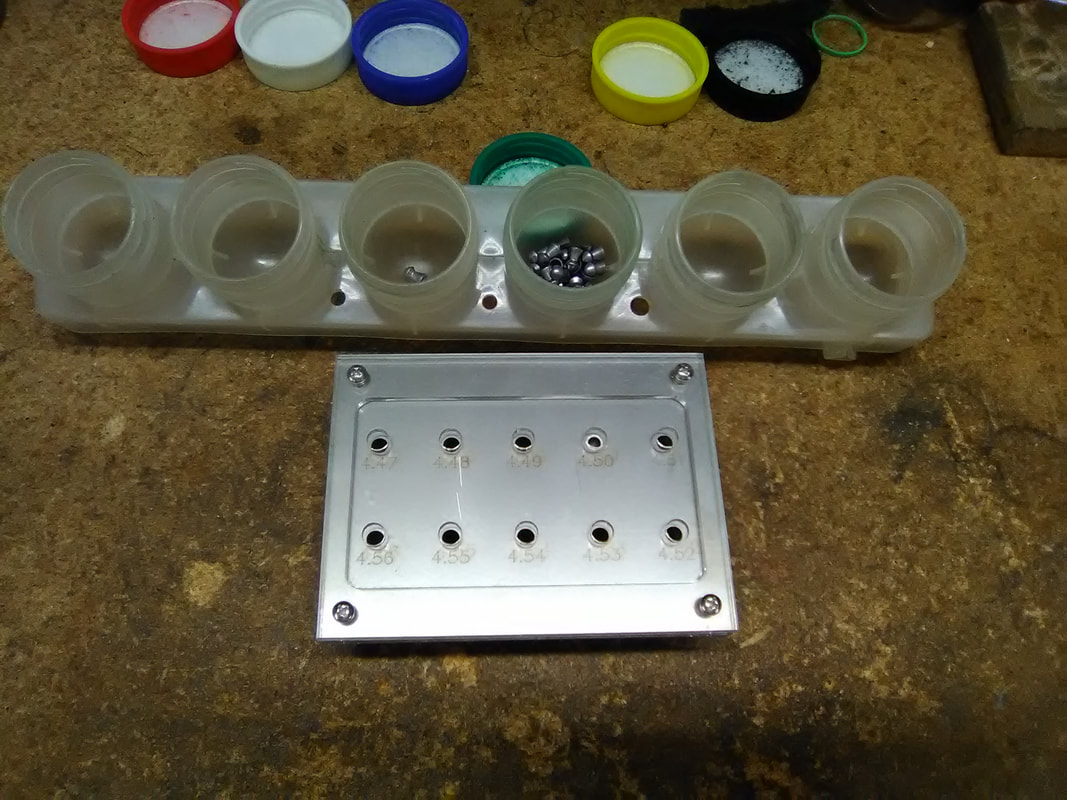
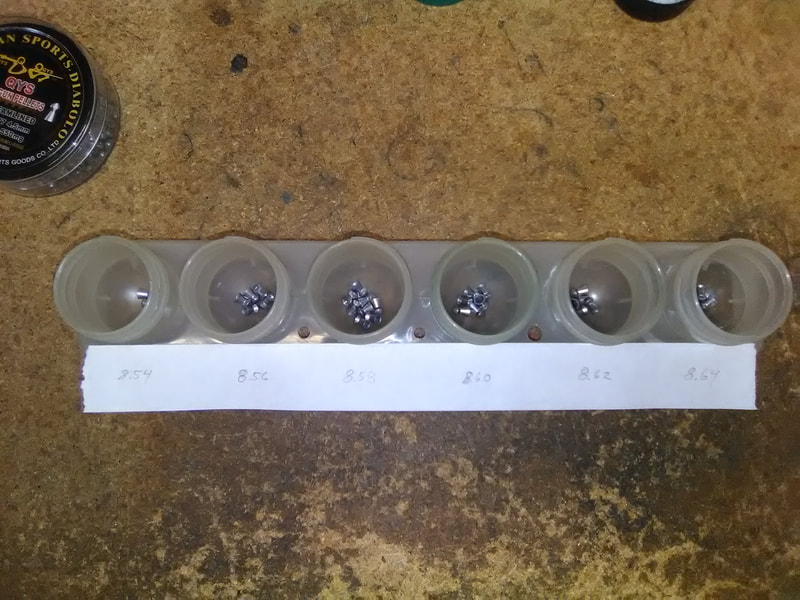

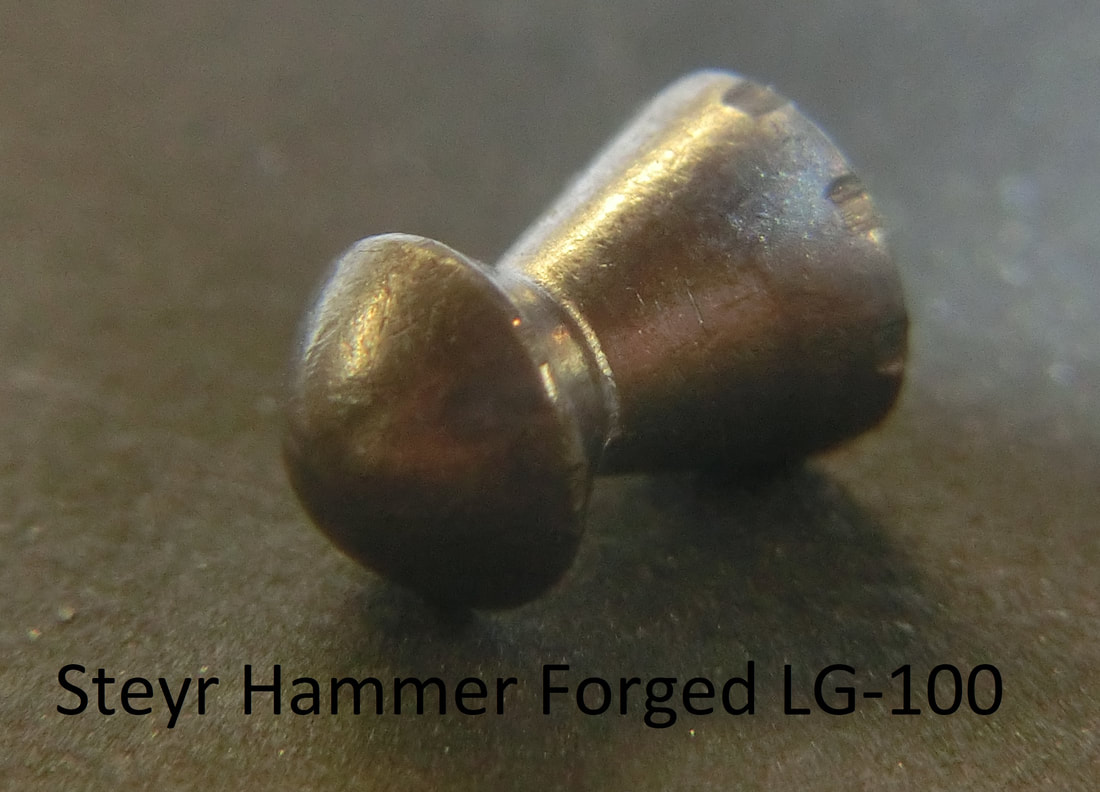
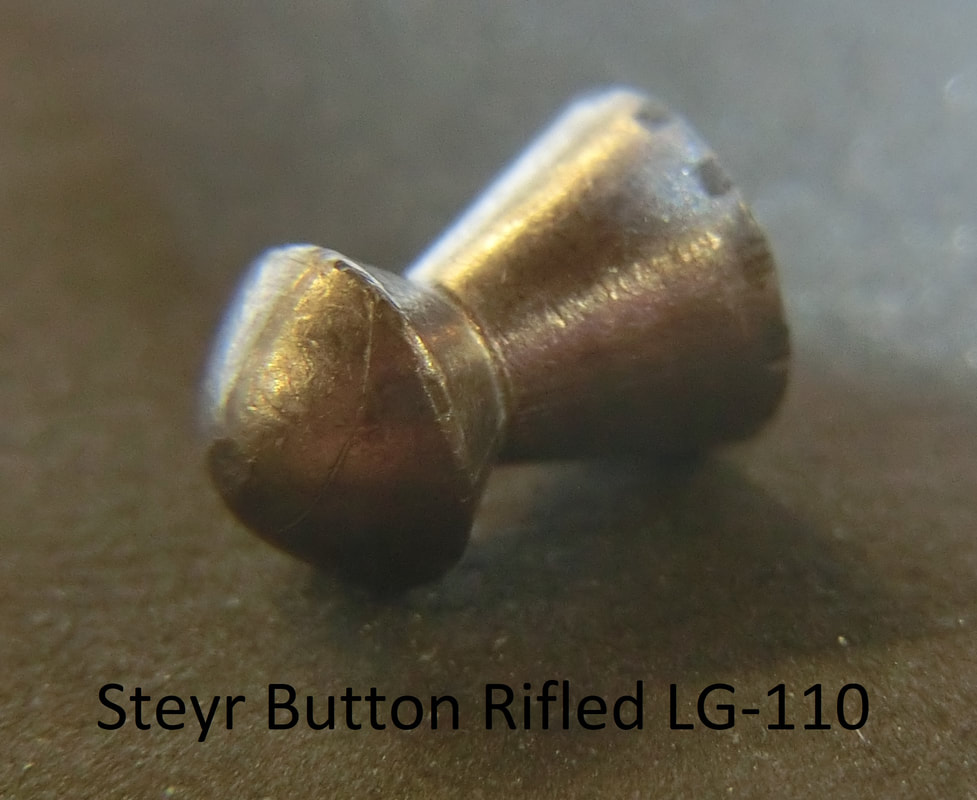
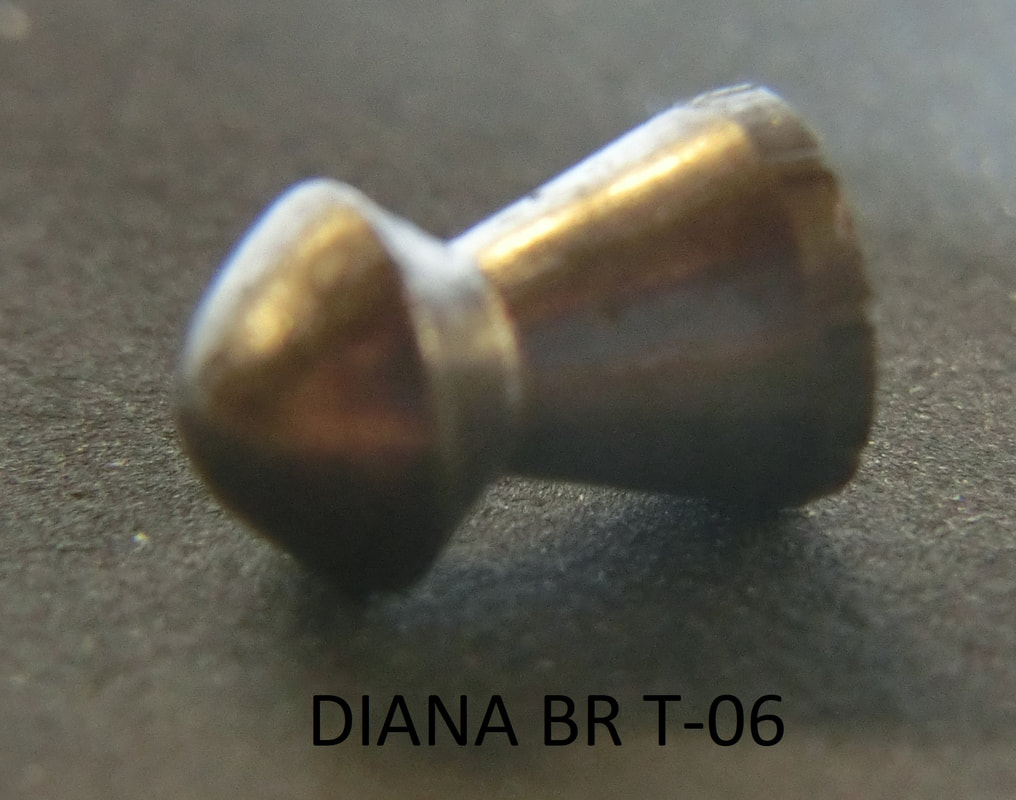
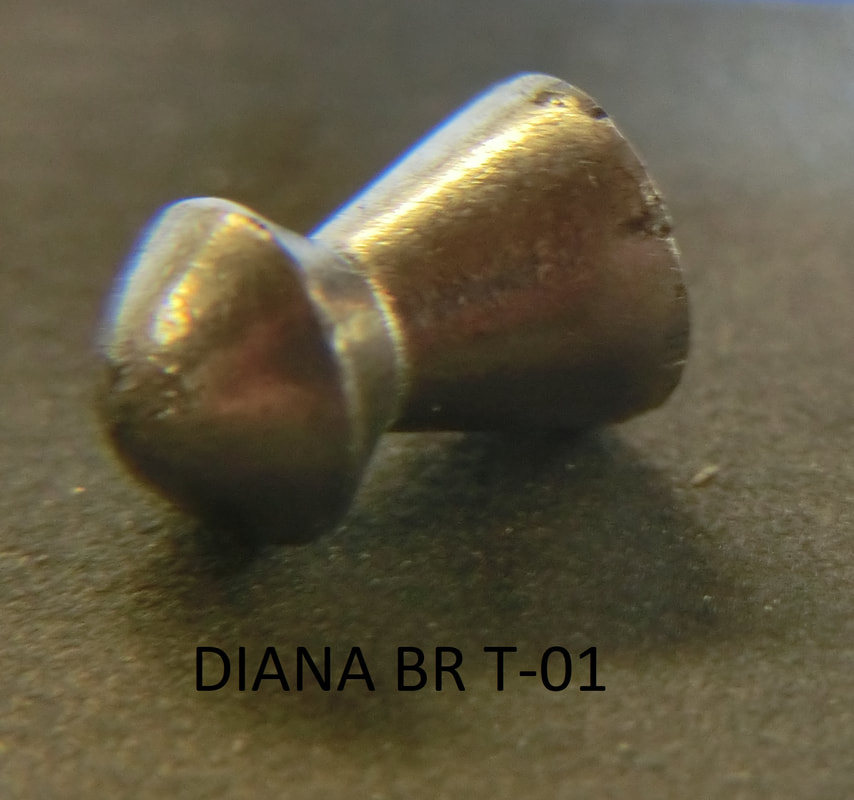
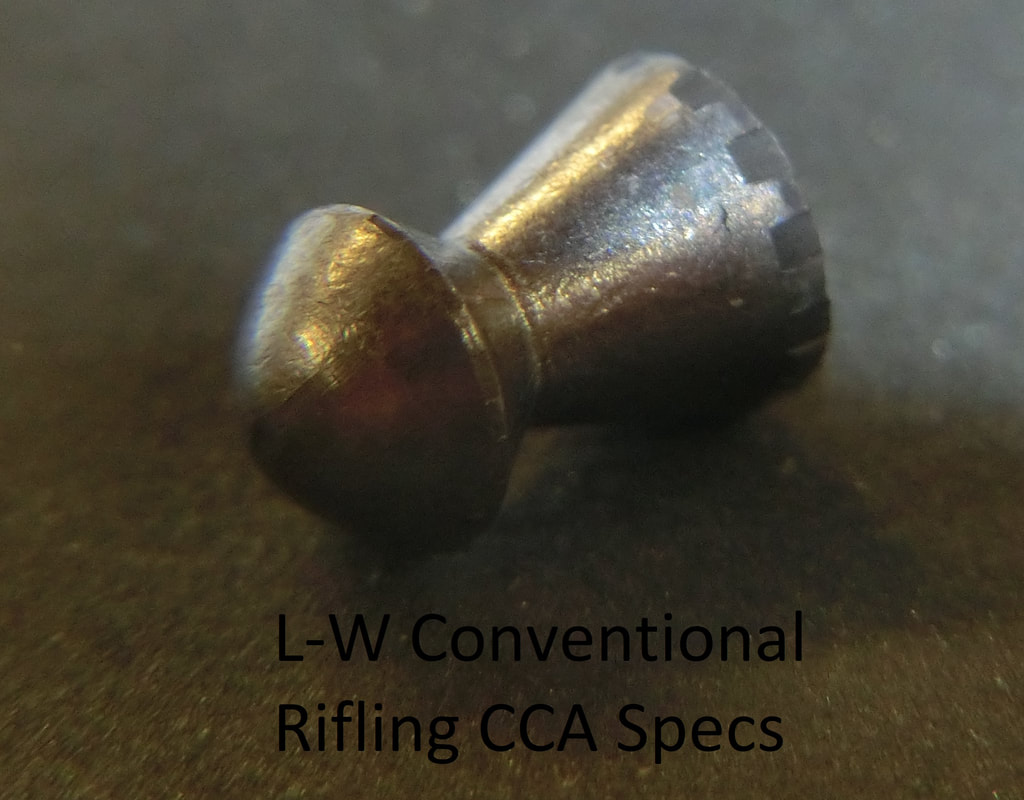
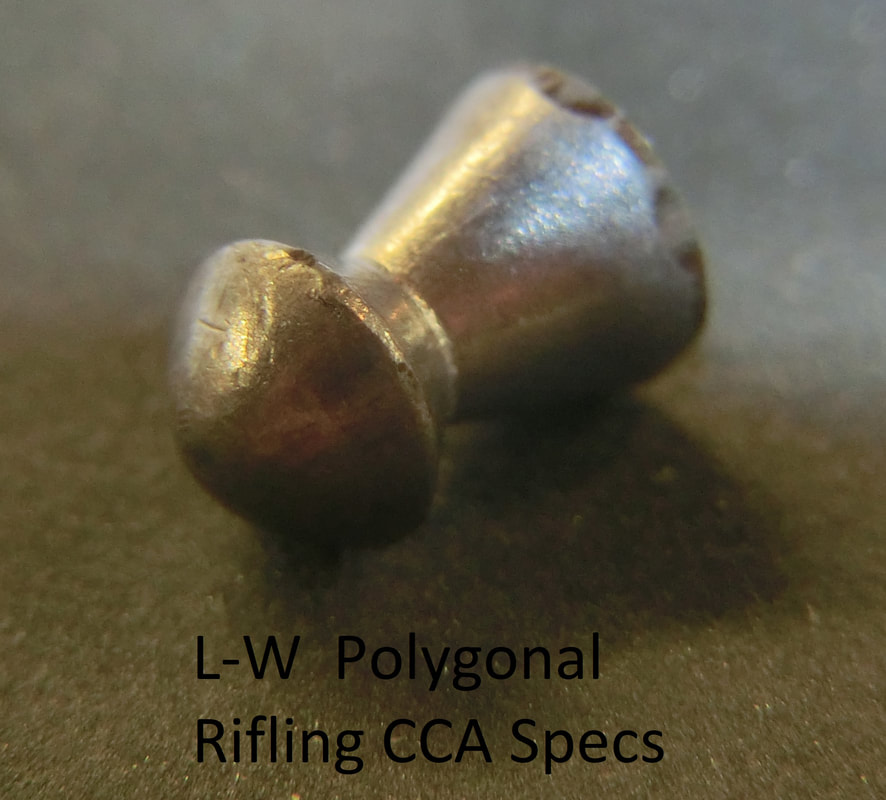
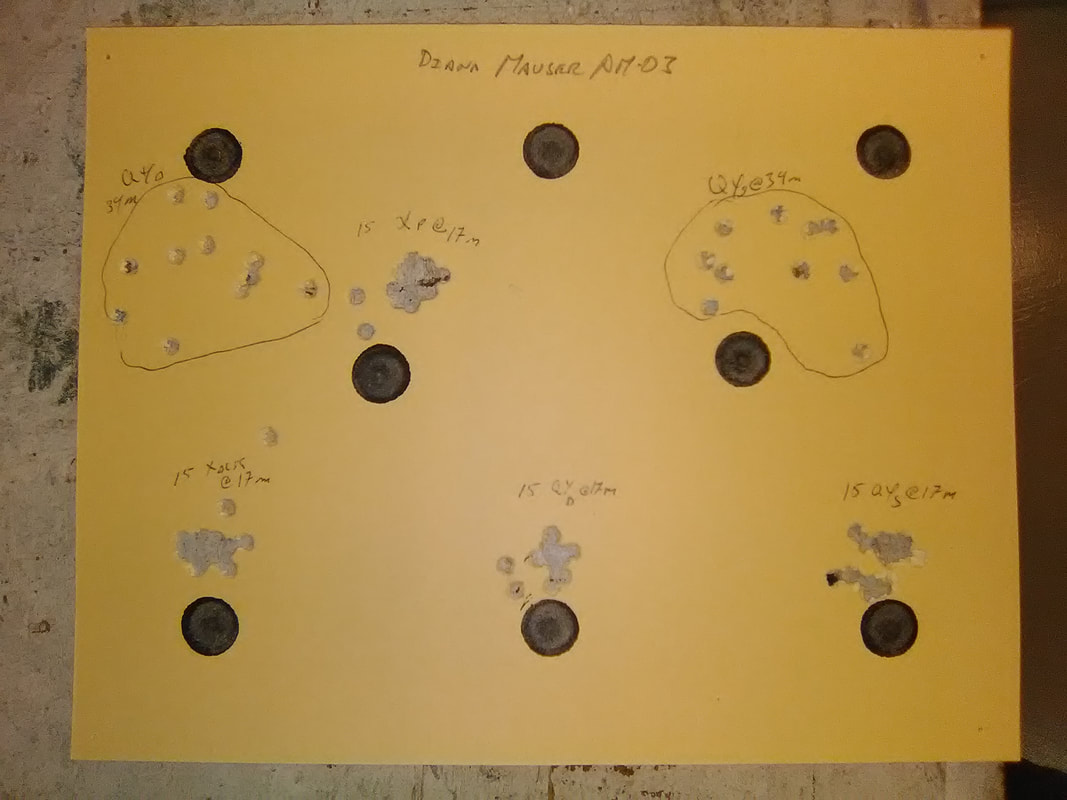
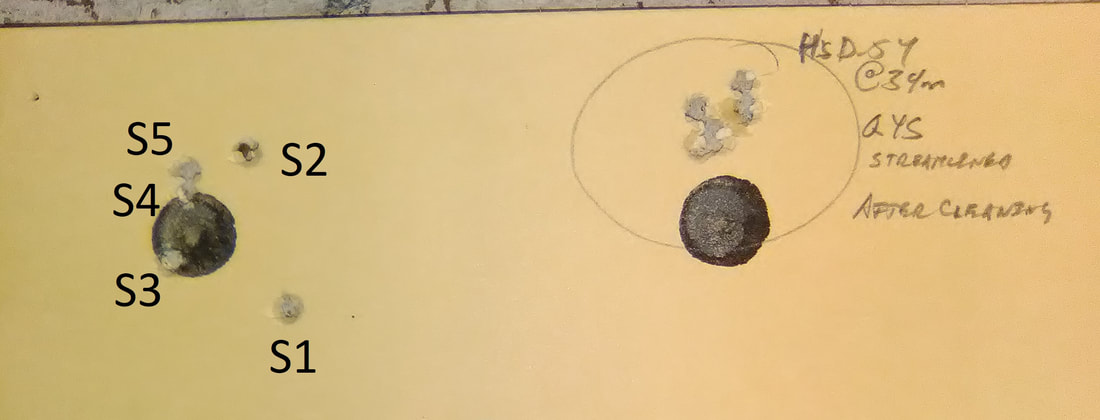
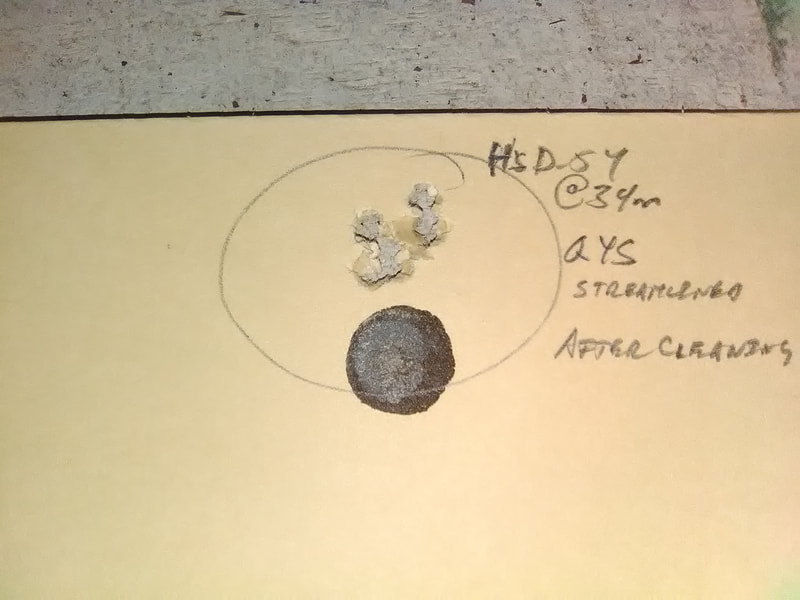
 RSS Feed
RSS Feed